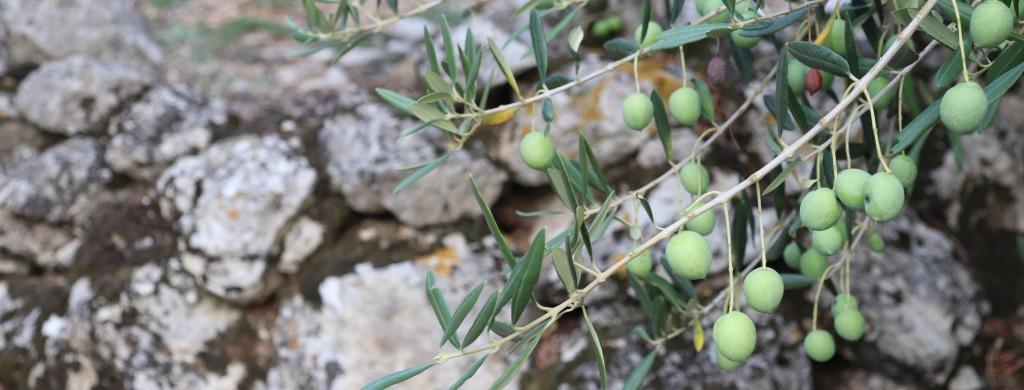
Olives from my cousins’ orchard in Orasac, Croatia
I’m not a gardener. Well, at least not a successful one. In Connecticut, the soil is rich and summers have a healthy dose of rain, creating an ideal environment for growing plants. After a long, cold winter, I can hardly wait to get outside to pull weeds and rake the leaves that fell too late the previous fall. I search for the first purple crocuses that invariably pop up on my front lawn. I’m excited to go to the nursery to buy vegetables and herbs to plant in the yard. I’ve tried to grow everything—cucumbers, beans, squash, peppers—you name it. One year it rained so much that all the leaves were covered in mold and the plants died. Another year, animals or bugs got to the veggies before I could. The only thing I can ever coax from the ground is basil. But, even then, I can never seem to make pesto before the plant goes to seed or we have an early frost and it all dies. I’ve largely given up on growing vegetables—it’s cheaper for me to just buy what I need.
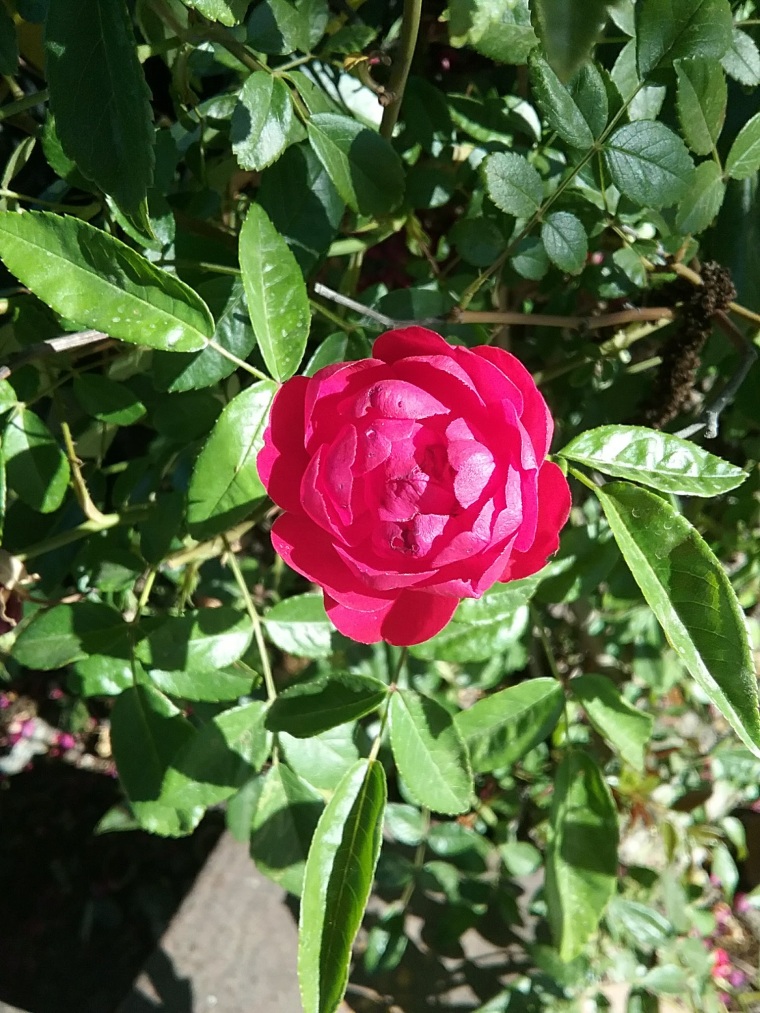
But, I come from a family of farmers whose livelihood depended on their ability to grow food. My grandparents owned a 100-arce pear orchard in Northern California, where I grew up. They also grew walnuts and a few cherry and fig trees. I loved that orchard. Babi and Ðedi (my grandmother and grandfather) have both passed away but when I return to visit, I often go back to the orchard they owned. Their house is no longer standing, the sheds are collapsing, and all the pears have been replaced by walnut trees. But, the remains of the small roses that Babi planted under three of the walnut trees are still there. The last time I visited, I picked a small rose and pressed it between two sheets of wax paper. There is something precious to me about this connection to her. Unlike me, she had the ability to grow things that still remain to this day. In fact, she had a way of making both plants and people flourish.

Still. It has been a revelation to see how much that growing food (and making wine!) remains part of my family’s daily lives here in Croatia. This work goes back for generations. Unlike the fertile soil of Northern California and the Neretva Delta (62 miles northwest of Dubrovnik), the land around Gromača and Orašac is rocky and hard to till. Still. I’ve seen some of the property my relatives own, but until recently, hadn’t had the opportunity to be there for picking. My cousins needed to pick vegetables before the next day’s rain and agreed to let me come along. I wasn’t much help. Actually, I wasn’t any help. I wandered the orchard, took pictures, and simply took in the fact that generations of my family walked and worked this land. Still.

Olive trees in rock terraces 
Gogi berries 
Garden
For a majority of the land’s history, there were only olive trees. My cousins pulled out several of them to make room for a vegetable garden and I was in awe. I thought of the effort it was to pull weeds in my own backyard and it was nothing compared to the labor needed for this property; and it is labor. It was so colorful. There were several varieties of tomatoes, peppers, eggplants, and melons. There were cucumbers, cabbage plants, cherry and pomegranate trees, goji berries, and tobacco. One cousin picked a large stack of tobacco and put them in his greenhouse to dry.

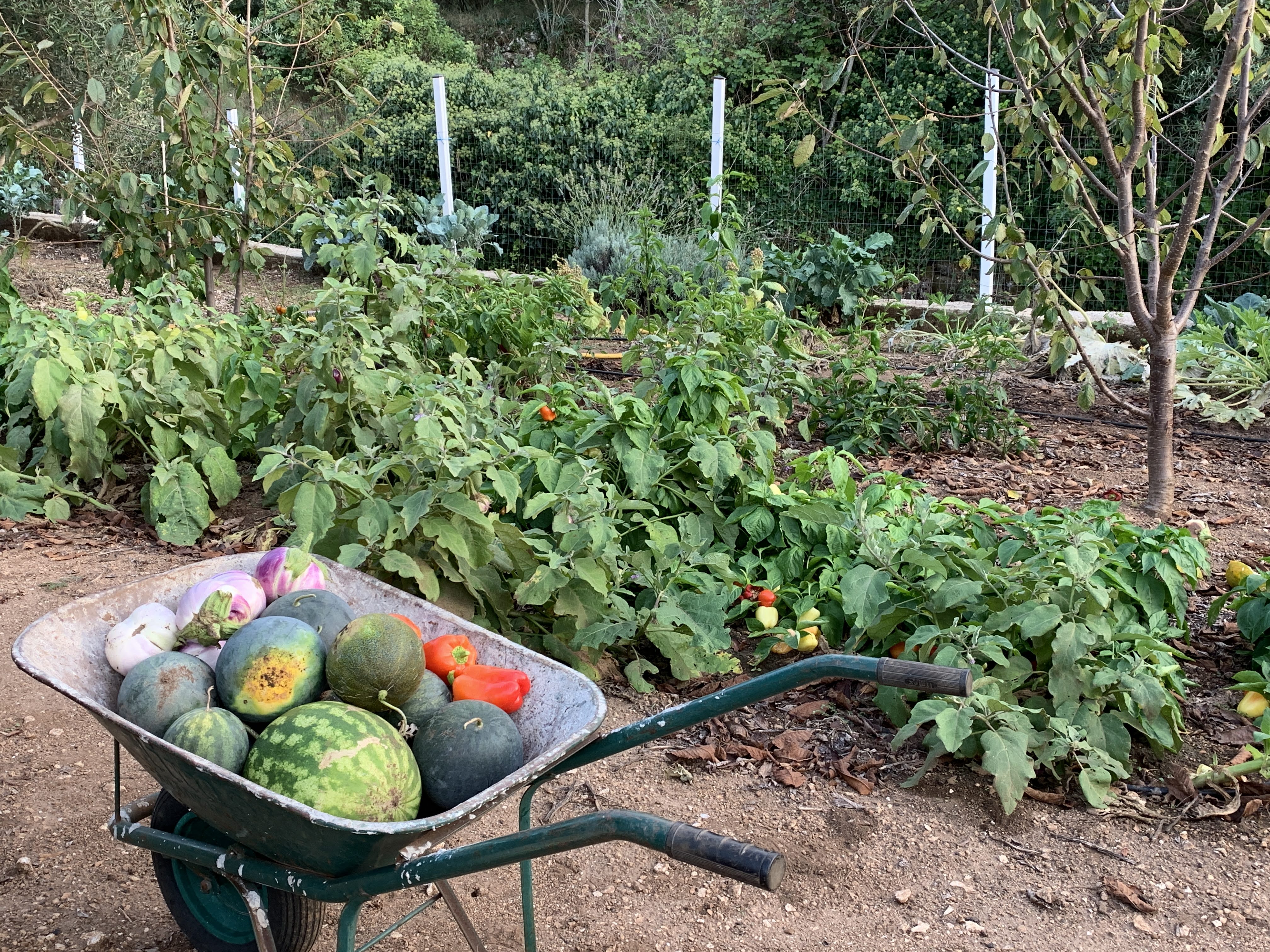
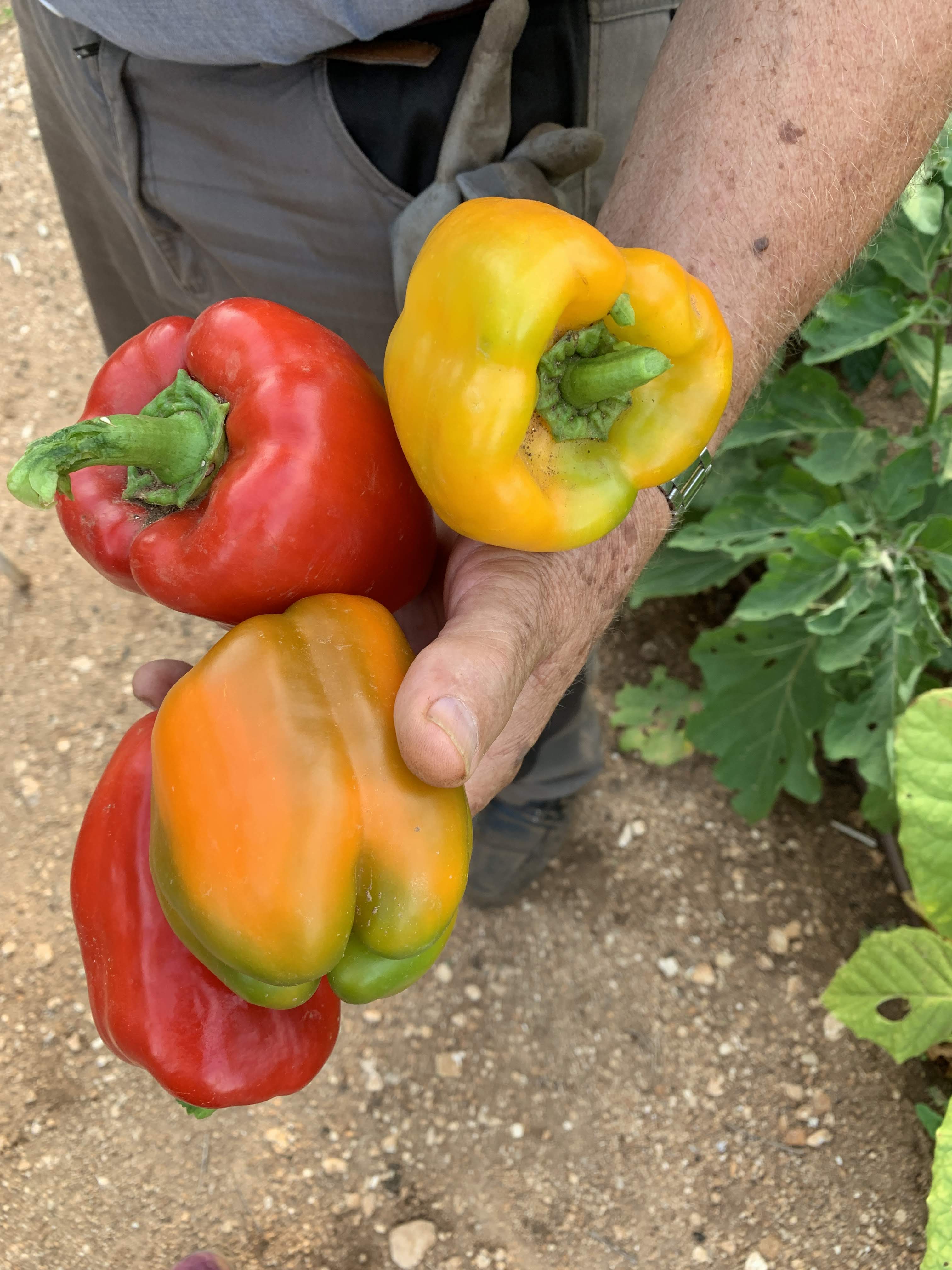





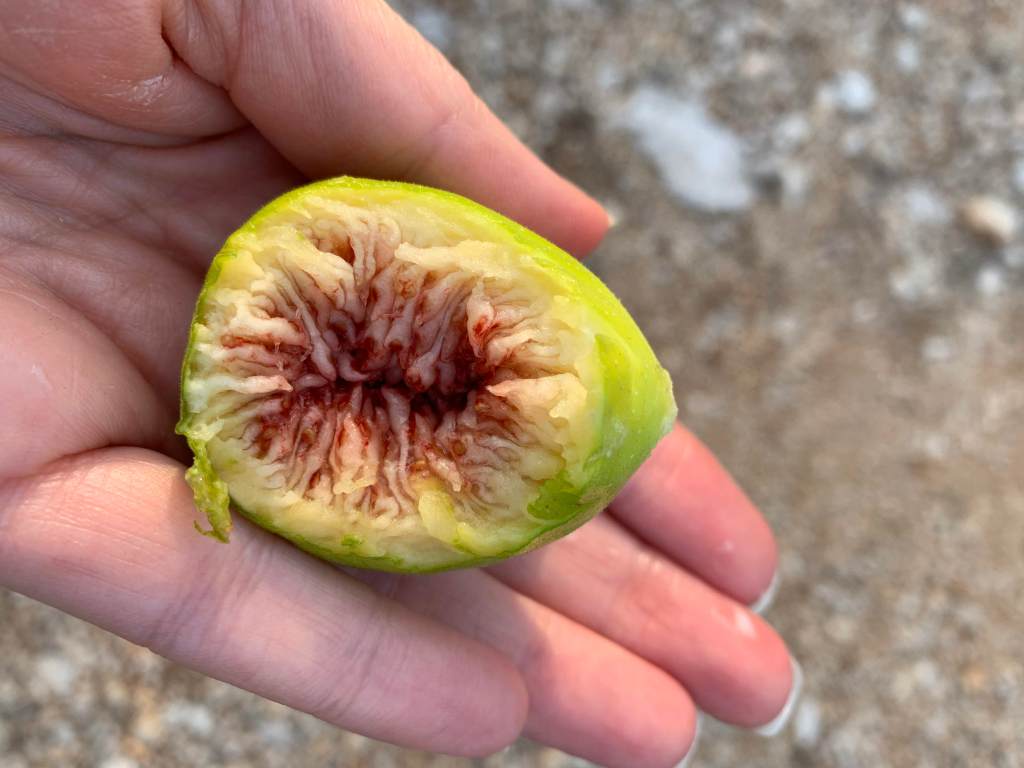
Just as I was walking near one section of the orchard, I heard a voice yell “try the figs!” I did. Ðedi loved his fig trees and I think of him every time I see one. I searched the clumps of hanging fruit and found a couple that were ripe. Perfection. There are over 700 varieties of figs but the most common ones grown in Croatia are green and retain this color even when they are ripe; the green only gets brighter as they’re ready to be picked. Once you bite into a fig, there is no other flavor or color that looks quite the same—no wonder it is considered an erotic fruit/aphrodisiac. Fun fact—figs are not considered fruits but inverted flowers which require special pollination. This process is fascinating and if you’re interested in knowing more, here is one website to check out: https://www.huffpost.com/entry/what-are-figs_n_57bc3dc5e4b03d51368a989a

In November, it will be time to harvest the ripe olives which will be made into olive oil. I plan on being there. I hope to help but will most likely be taking photos and writing about the process. Hey, we all have our skill sets. And who knows? Maybe when I return to my garden next year, I will plant a fig tree.
